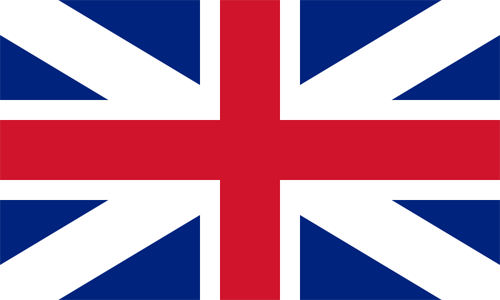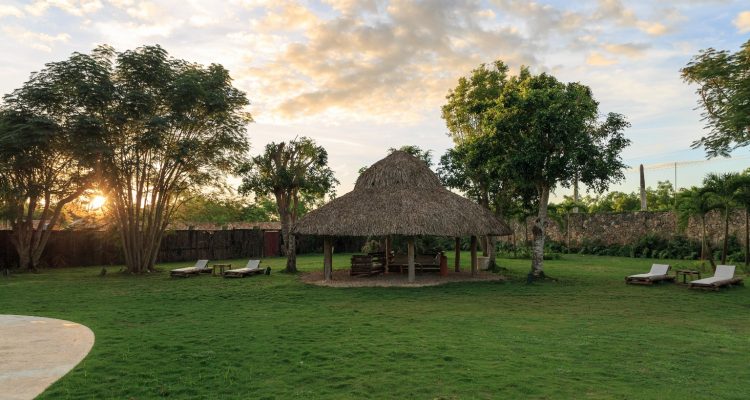During the passing of the year you frequently have the opportunity to go on important journeys; sometimes you go on vacation, sometimes you go on business trips. It is time for me to spend 10 days in the Dominican Republic and I must admit that I am very excited about it.
I have always pictured the Caribbean as the perfect place to enjoy some relax on the beach; however, during my tour around the Dominican Republic, I have discovered that this land offers much more than clear waters and desert beaches. Local people are incredibly friendly; there are mountains where you can work out and practice sports; there is culture, fashion and lots of good food that has been wisely prepared by local chefs that are just as good as many well-known Italian chefs.
I am traveling along with six colleagues who work for different magazines. Our itinerary is very intense: we will spend ten days exploring the uncontaminated South of the island made of sand dunes, ocean and small villages that seem to be frozen in time, as well as lots of wild and arid nature.
The journey starts with a ten hours flight; however, I must admit that between having a chat, watching a movie and eating a snack, my way to Neos Air hasn’t been that hard. We have traveled aboard a charter flight landing directly to La Romana. If you want you can travel to one of the seven international airports located on the island, and then you can fly domestically from a destination to another. Bear in mind that the Dominican Republic is twice as big as Sicily, so picking the right airport will help you saving some precious holiday time. Don’t forget also that roads can be tricky, and sometimes driving from a place to another may require many hours.
The cost of a return ticket depends on many different factors. There are many direct flights to the island, however if you want to save some extra money, you can still consider a stopover flight. For instance, if you take a quick look on a search engine, you can find some return tickets for about 500 euro all the way to Santo Domingo. Not too bad if you think that you are crossing the Ocean in order to end up in paradise.
Ten hours flight, 5 hours difference with Italy, 30 degrees warmer compared to Milan – that is experiencing its winter time.
The Dominican Republic
First of all, let’s start by putting the Caribbean Island on a map. The Dominican Republic is one of the main countries located in the Caribbean, as well as the second largest of them all. It shares the island with Haiti, even if these two countries have a completely different cultural, religious and language background. Haiti is still a poor yet dangerous region, while the Dominican Republic is richer and safer. The official language of Haiti is Creole, while in the Dominican Republic people speak Spanish, even if many people (at least in Santo Domingo), speak a very good English – much better than the one we speak in Italy. If you are feeling too lazy to check a map or if you really have no idea about the location of this island, I can help you by saying that it is located just below Cuba (and Cuba is located just below Florida!).
The island is surrounded by the Atlantic Ocean on the North, and by the Caribbean sea on the South – we have been traveling to this warm area of the island. As the rainy season is almost over, this area is perfect for a swim.
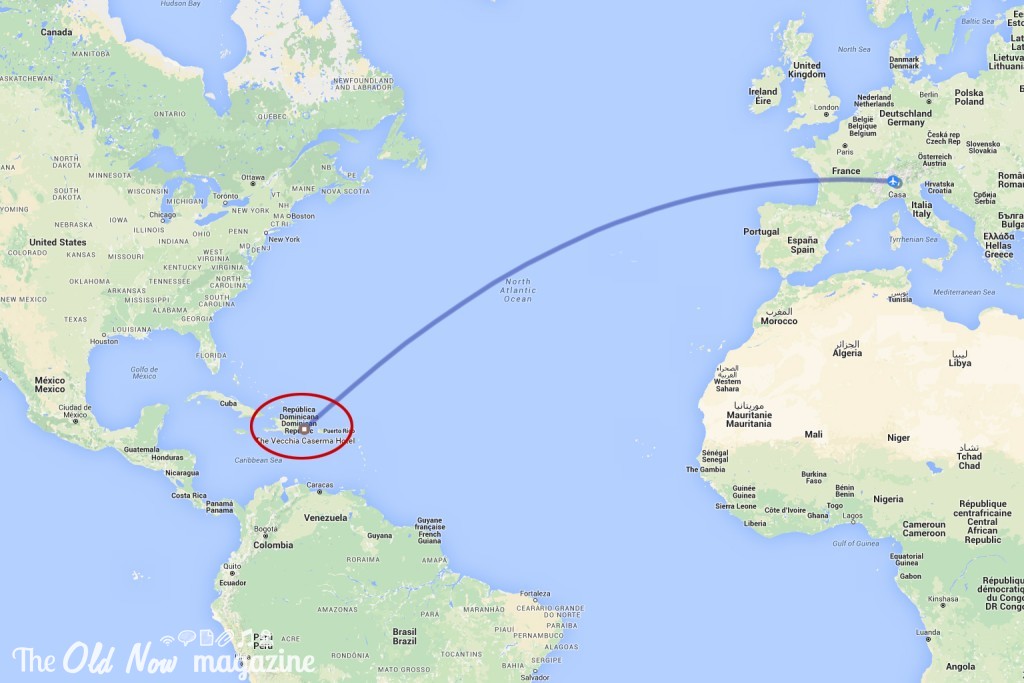
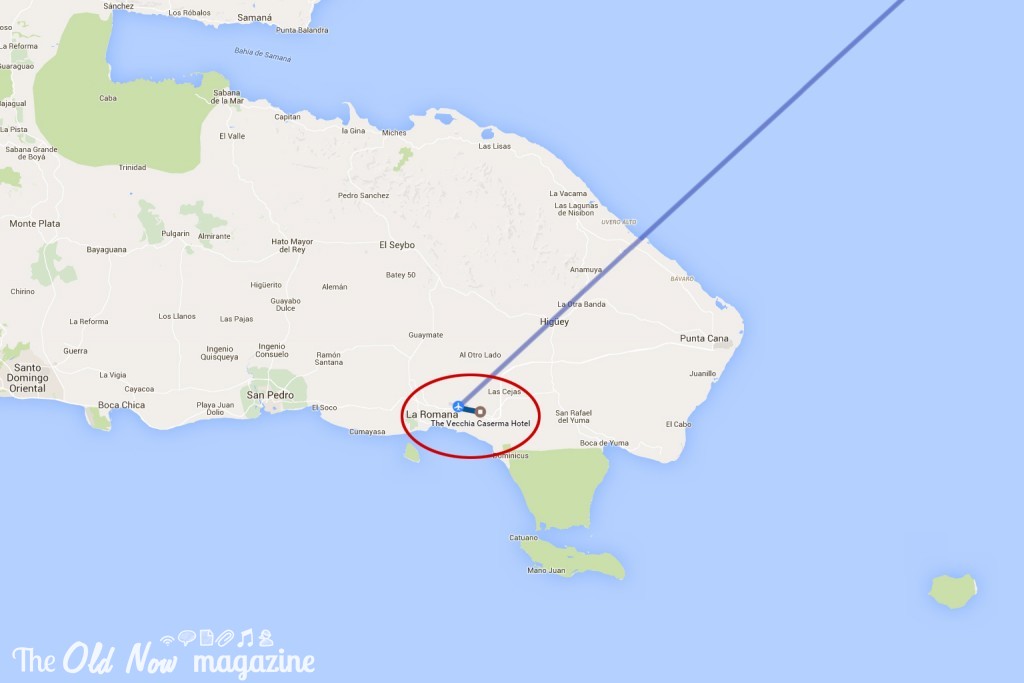
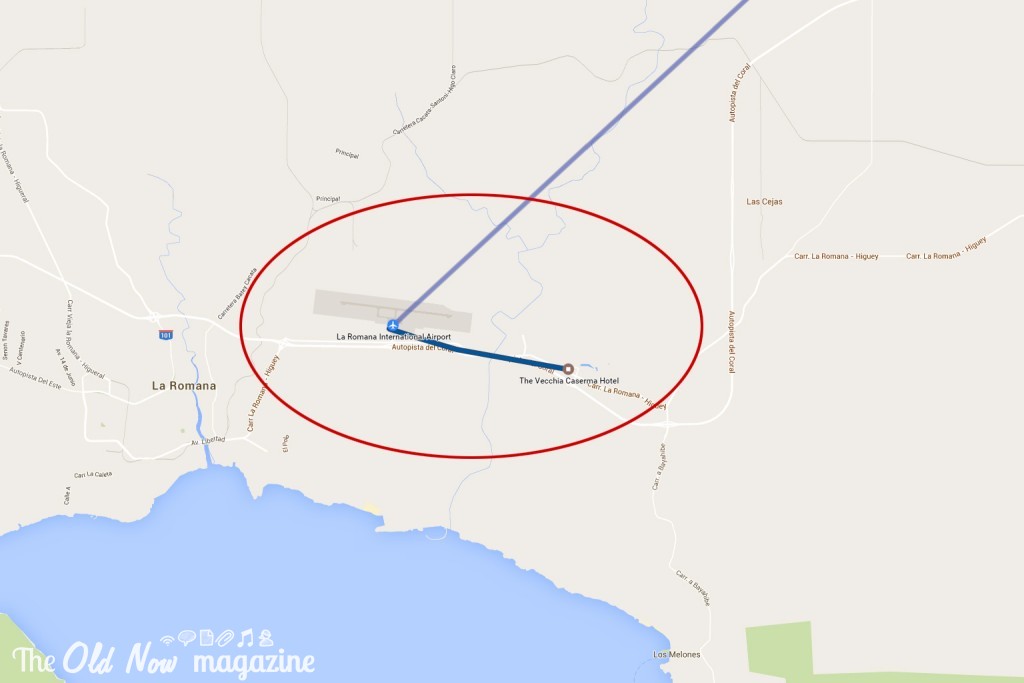
When to go to the Dominican Republic
If you want to know when to travel the Dominican Republic, then I can tell you that the best time is after the rainy season, which runs from August to October. During these months, indeed, you may run the risk of experiencing caribbean storms and therefore you may ruin some precious holiday time. The rest of the year is perfect to visit the island, even if you should still remember that during summer time temperatures can get very hot. However, the weather is nice and warm all year long, also during “winter” season.
All these information are valid if you are planning to stay on the coast; if you are thinking about visiting the Cordillera Central (3,000 meters above sea level), then I highly suggest you to pack a jacked and a scarf.
Our itinerary across the Dominican Republic
Our itinerary starts from the international airport La Romana. In order to enter to the island, foreigners need to pay a tourist tax; I suggest you to keep 10 dollars or euros in your pocket as they don’t accept credit cards.
As soon as we land, we are welcomed by a very warm weather and by a red sunset. After a few minutes, though, the whole scene gets dark as public lights work only in the main areas of the city.
The first stop of our journey is the hotel “Vecchia Caserma”; a structure made of small villas located a few kilometers away from La Romana airport, facing one of the many golf fields of the island. Back in the time the hotel was used as a barrack, but it is now managed by a couple of Italians.
We are welcomed with delicious local food and Italian wine (which is very expensive compared to local prices), and after a few appetizers it is time for us to enjoy some (homemade) pasta. The hotel manager is Italian and you can tell by the quality of the food. I didn’t expect to have a 10-hours flight and end up eating pasta but this is what Caribbean hospitality is about – making you feeling at home.
My heart gets stolen by these shrimps and avocado – a mix of taste and delicacy. I tried to prepare them here in Milan but they didn’t taste the same.
I am surprised to see the extraordinary quality of vegetables and cheeses available at the hotel; the manager explains me that most of the food (and therefore my dinner) comes from their private garden.
I start feeling tired, so I go back to my white and blue room and I notice that my window has no glasses; in the Dominican Republic windows are used only to let some air come through.
The next day, after enjoying a lovely breakfast made of tropical fruit, we explore the structure enjoying some daylight. During our tour we see the famous “small vegetable garden” we spoke about the night before. The garden is everything but small, and it hosts a number of fruit and vegetables, many of which have typical European roots. The soil – which is clean and tidy – is a mix of technology, tradition, and talent.
Next to the garden there is a space used by children who live in the neighborhood. The UMA project (supported by the UNHCR, United Nations High Commissioner for Refugees), aims at keeping children away from dangerous situations through studying computer science, English, gardening, and other activities such as painting and drawing.
This project offers to the children and to the teens of the area – many of them lost their parents – the opportunity to attend music classes as well as making jewels, textiles, and other artisanal products with the aim of providing an artisanal background along with instruction. The space is kindly provided by the hotel’s owners whom – by chance – happen to be Italians.
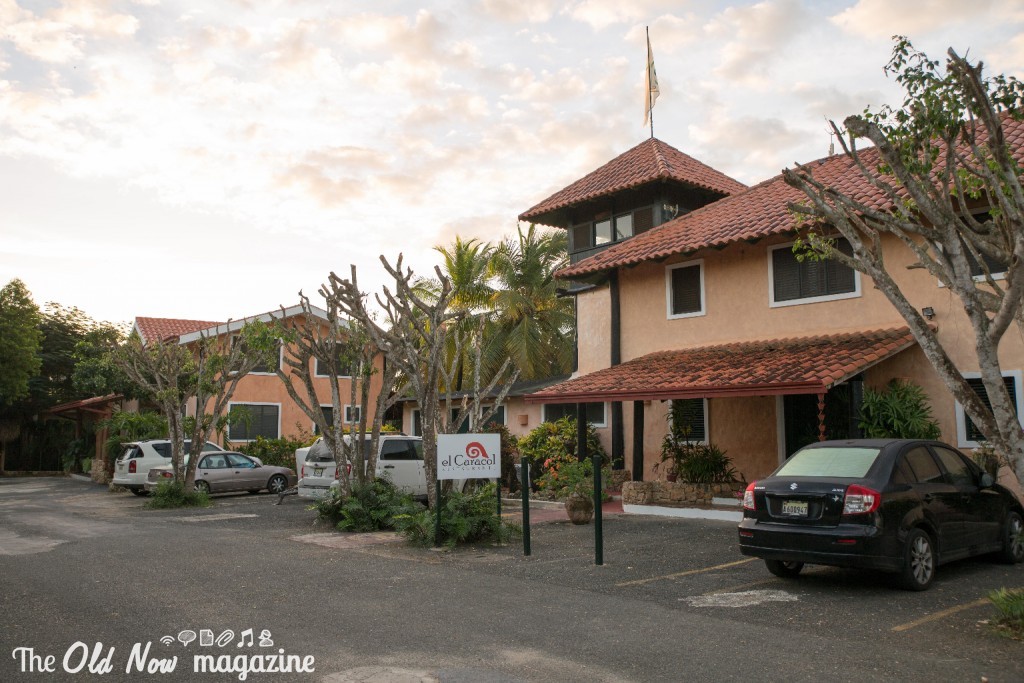
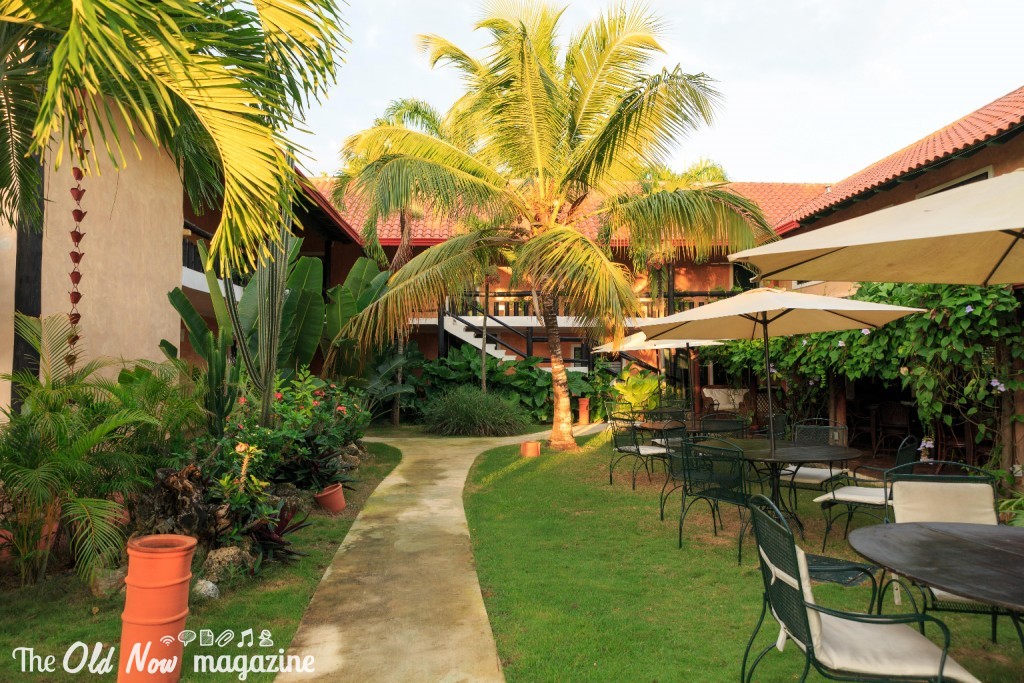
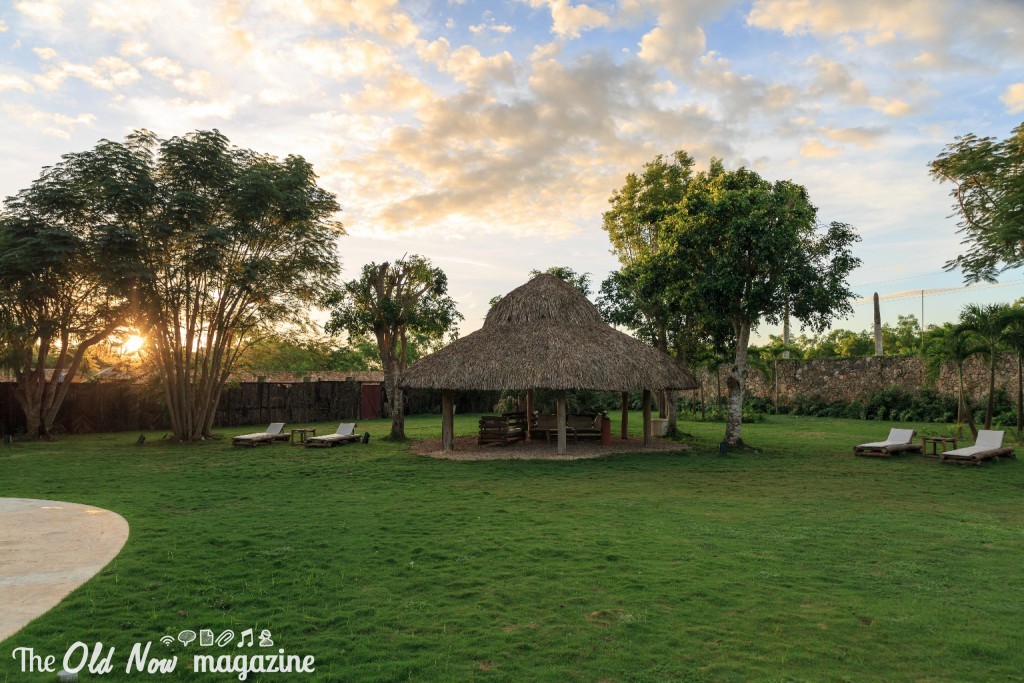
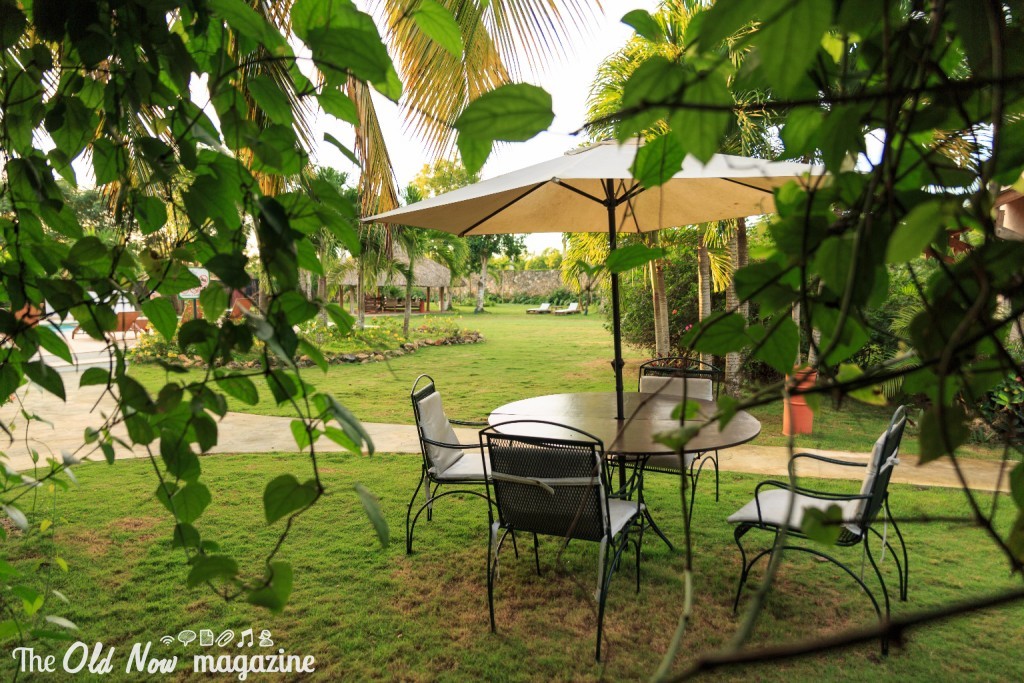
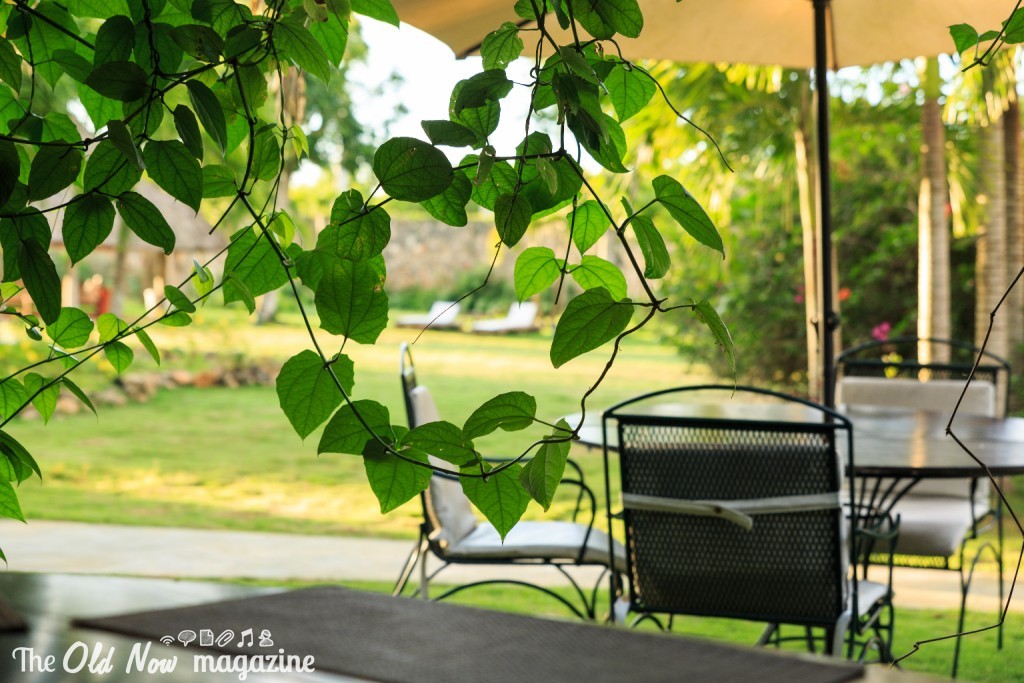
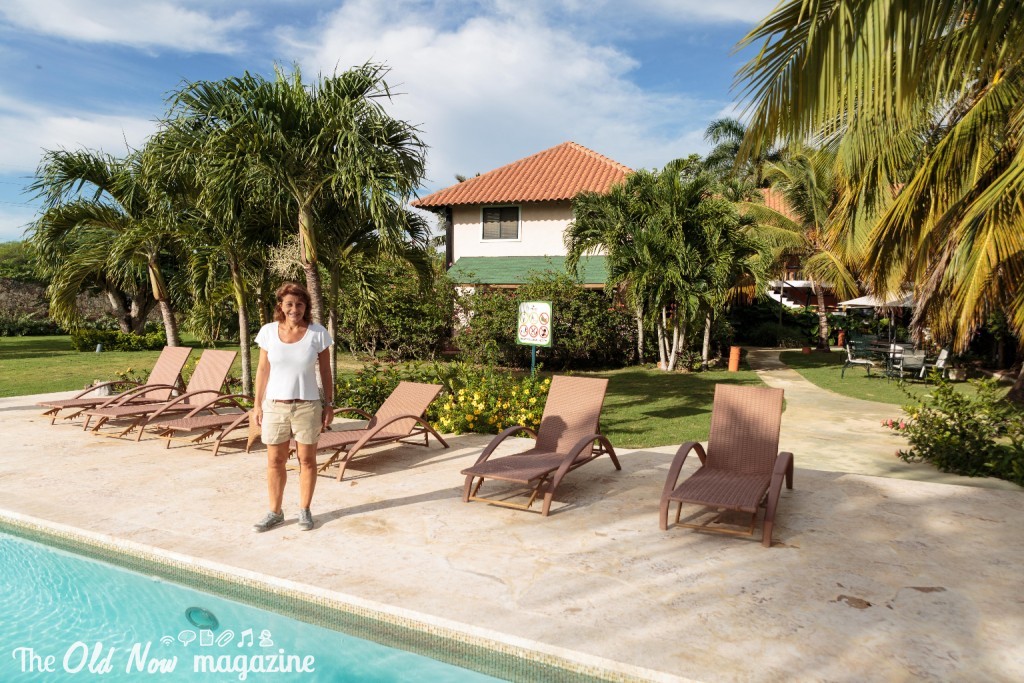
L’indomani, dopo un’abbondante colazione a base di frutta tropicale, ci prendiamo un attimo per visitare la struttura alla luce del sole e ci viene mostrato il “piccolo orto” di cui si è tanto parlato la sera prima. L’appezzamento di terra coltivato è tutt’altro che piccolo e vi trovano posto numerosi frutti ed ortaggi, alcuni dei quali tipicamente europei. Il terreno, pulito ed ordinato, è un mix di tecnologia, ingegno e tradizione. Tecniche di irrigazione a goccia si affiancano ad attrezzature rurali che producono un cibo sano e gustoso dal sapore genuino.
A fianco all’orto trova spazio un progetto sociale dedicato ai tanti bambini che abitano nei dintorni. Il progetto UMA sostenuto dall’ufficio del Commissario delle Nazioni Unite per i Rifugiati (UNHCR-ACNUR) mira a tenere i bambini lontani dai pericoli della strada mediante progetti di studio volti all’alfabetizzazione informatica, allo studio della lingua inglese, ai corsi di giardinaggio ed altre attività manuali come il disegno e la pittura.
Dona a bambini e adolescenti dalla zona – tra cui alcuni giovani orfani – la possibilità di frequentare corsi di musica, gioielli, pittura, tessitura e altro artigianato, con l’obiettivo di fornire una formazione artigianale in parallelo con l’istruzione scolastica del tempo libero nonché una sana cultura della produttività in uno spazio gentilmente messo a disposizione dalla struttura alberghiera, casualmente di proprietà di una persona italiana.
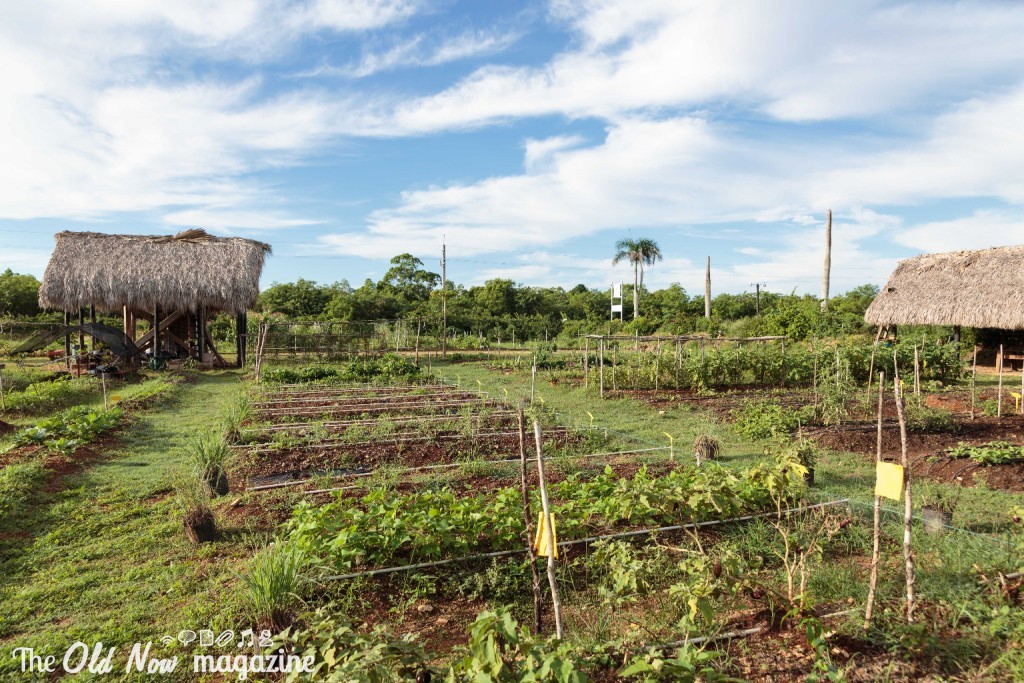
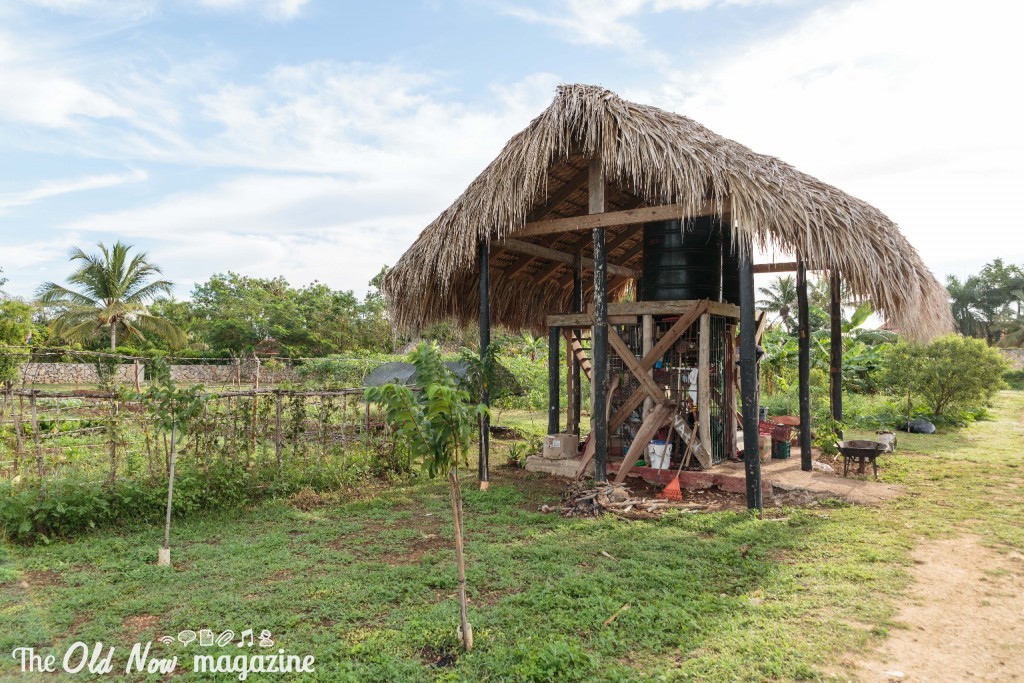
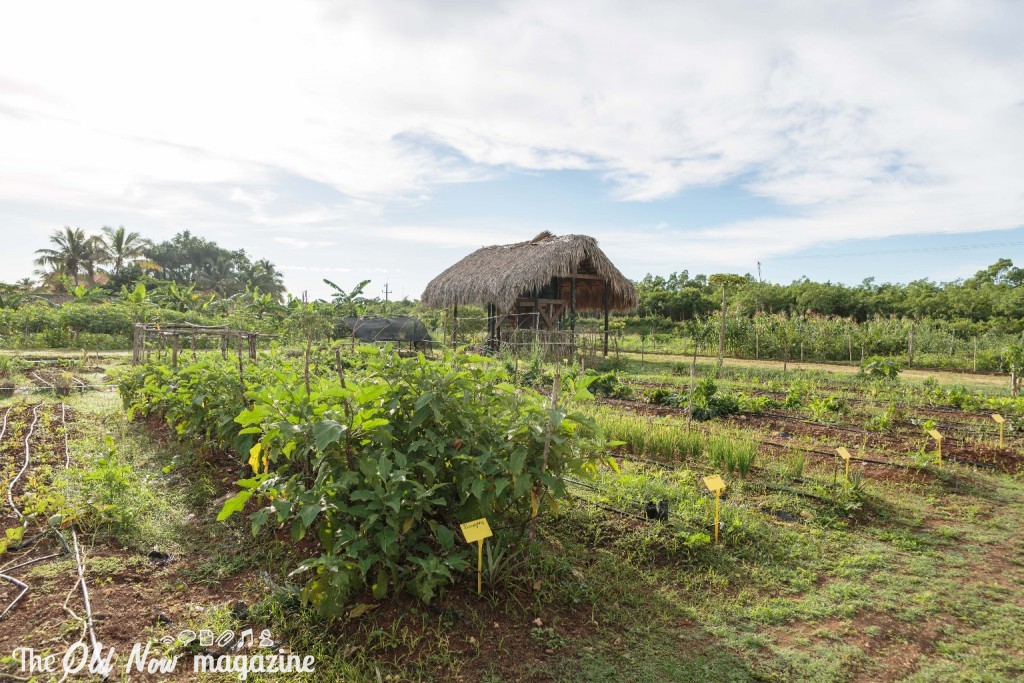
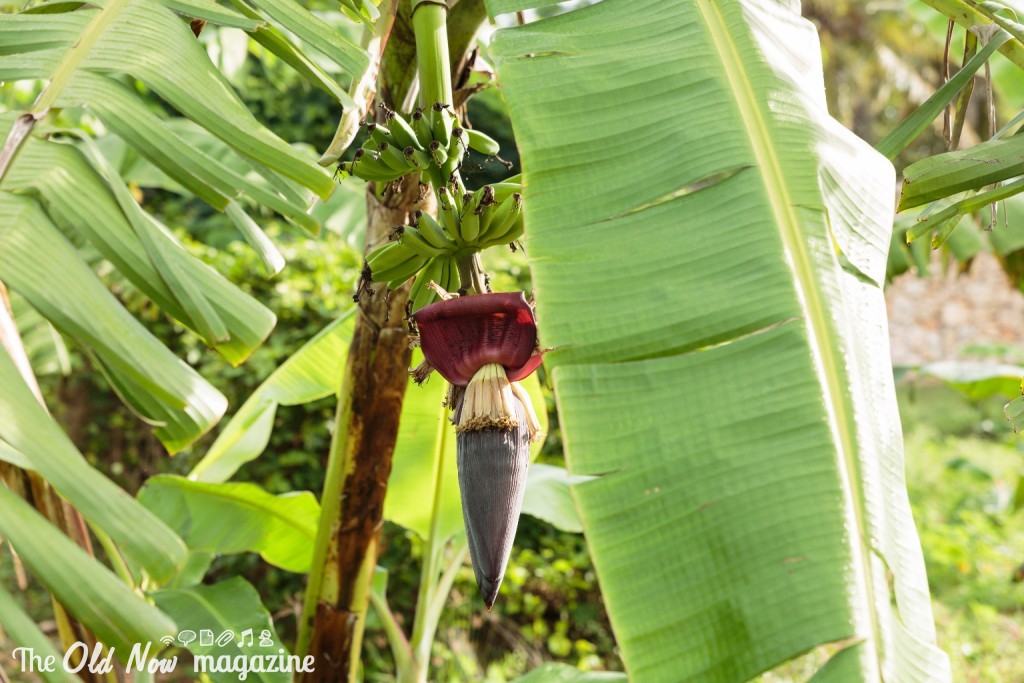
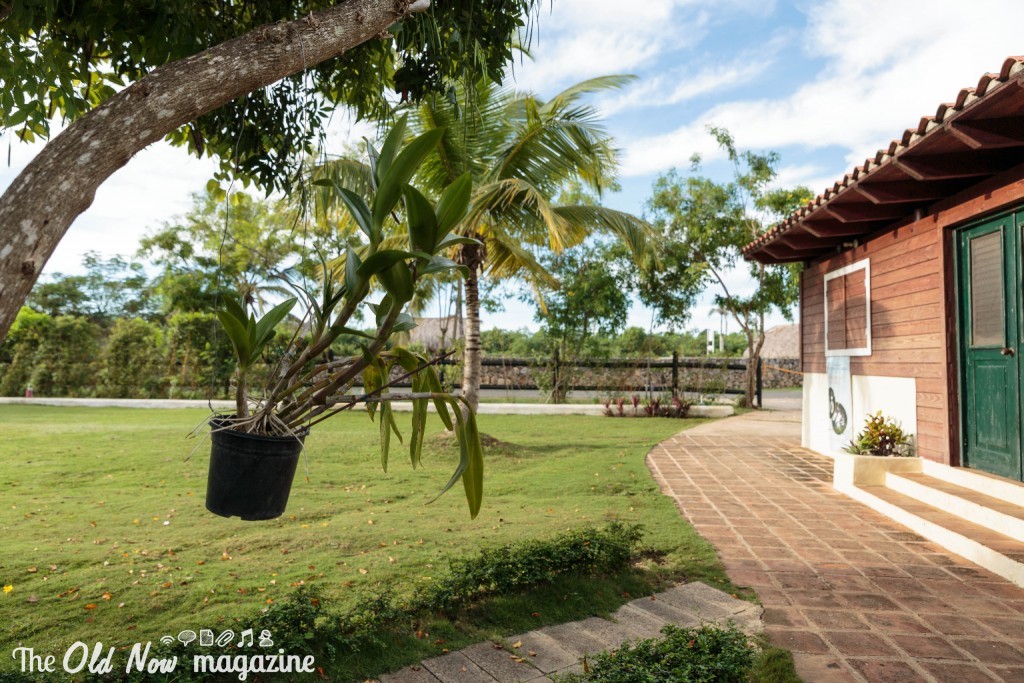
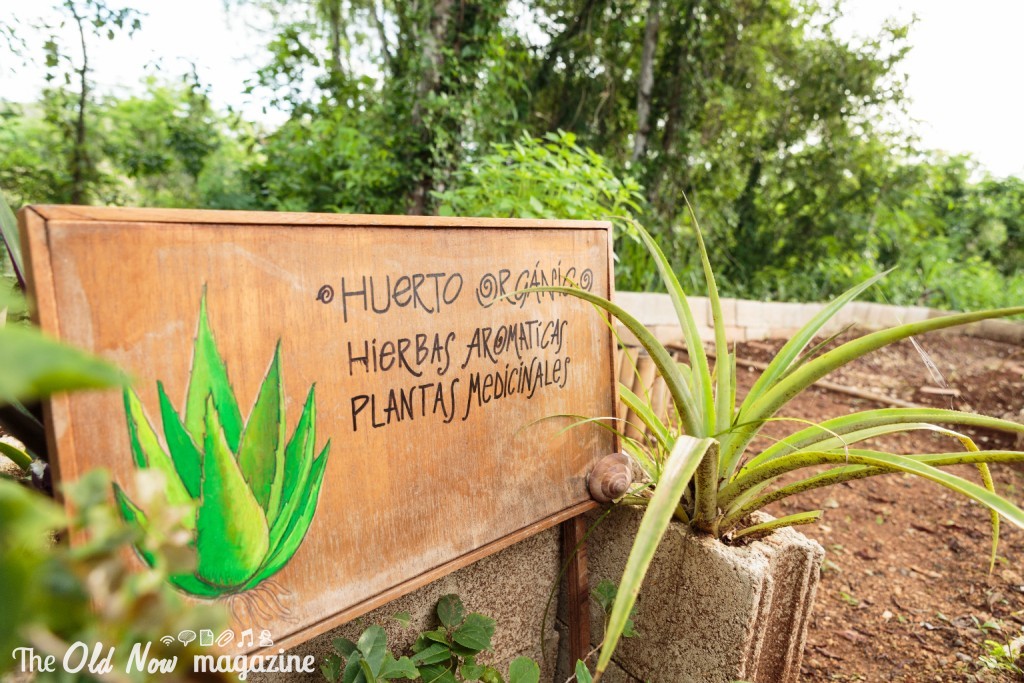
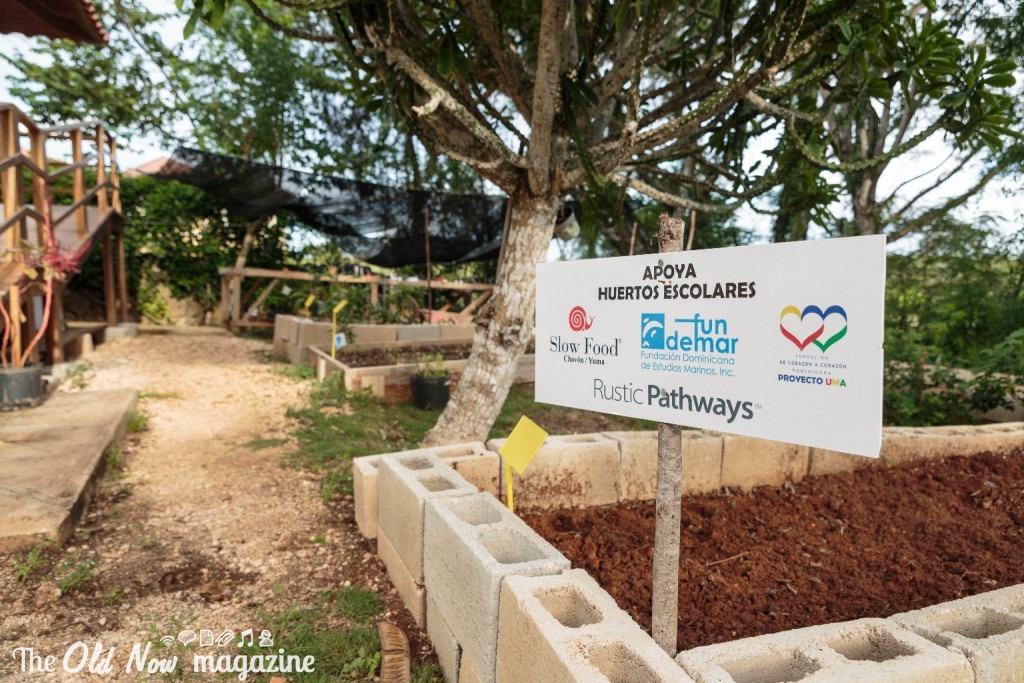
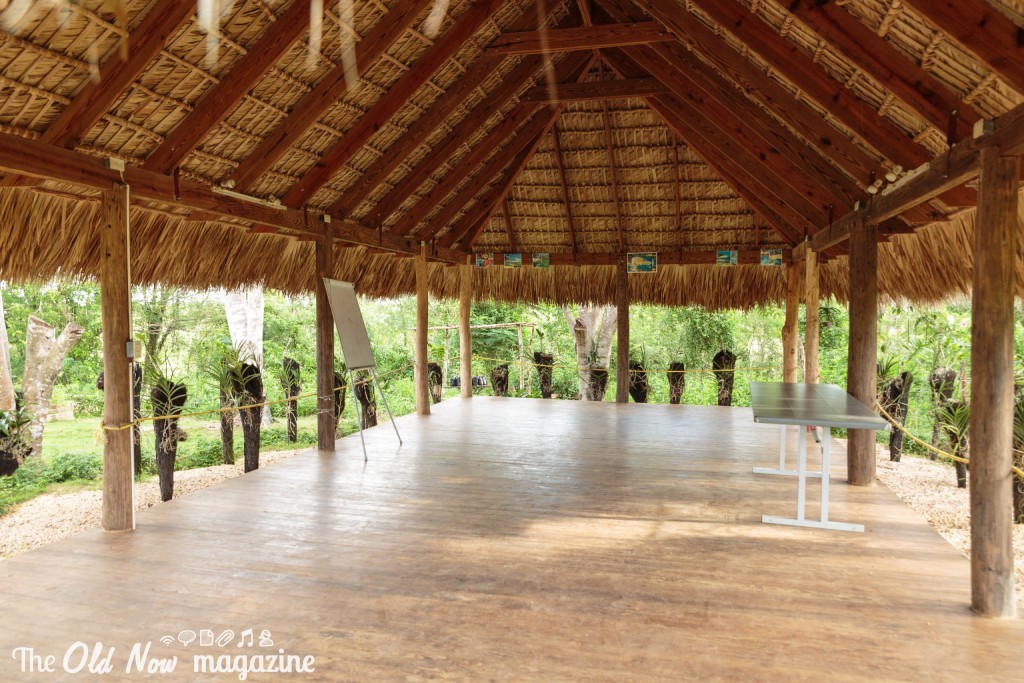
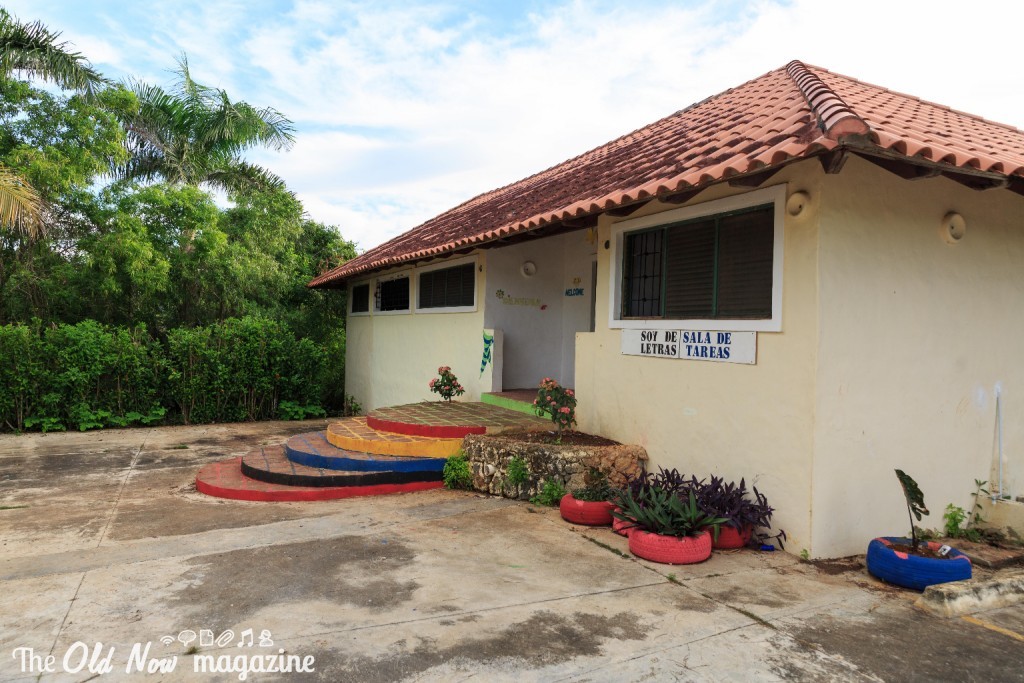
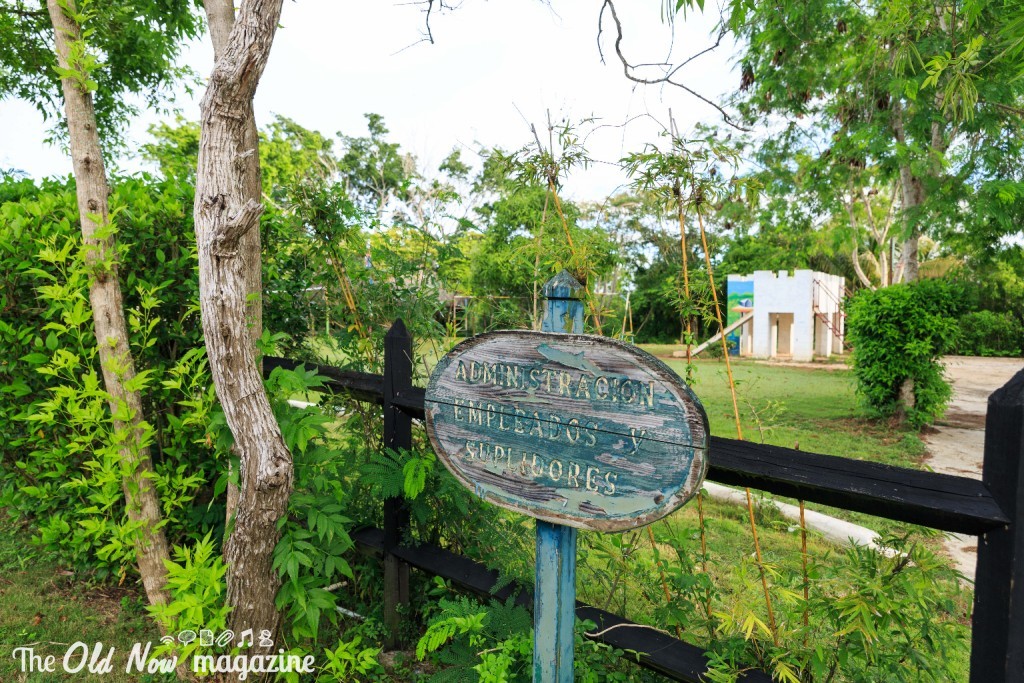
Indirizzi utili:
Hotel Vecchia Caserma
Carretera La Romana- Higuey, La Romana 23000, Repubblica Dominicana
Neos Air
Via della chiesa 68 – 21019 Somma Lombardo (VA), Italy
La Romana International Airport
Carr. La Romana – Higuey 5.5, La Romana 22000, Repubblica Dominicana
Articolo scritto e redatto da lingegnere | Tutti i diritti sono riservati
